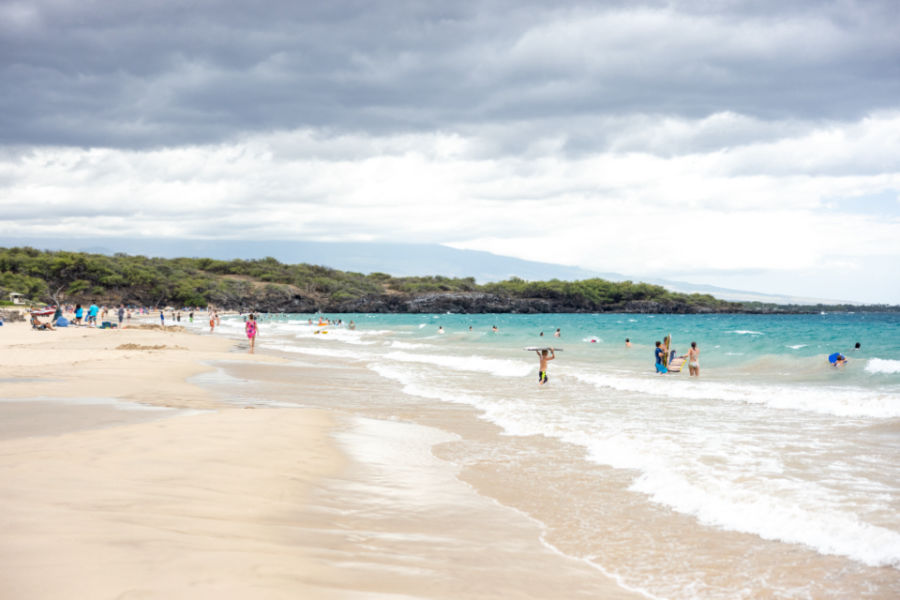
As summer approaches, Italy’s picturesque beaches are a popular destination for both locals and tourists seeking sun, sand, and relaxation. However, in an effort to balance the preservation of natural beauty with the ever-growing demand, several Italian coastal regions have implemented a unique approach: setting daily limits on the number of visitors allowed on their beaches. In this post, we’ll explore how these Italian beaches are managing their shores and why it matters.
The Scenic Beauty of Italy’s Beaches
Italy is renowned for its stunning coastline, featuring crystal-clear waters, charming seaside towns, and breathtaking landscapes. From the Amalfi Coast to the shores of Sardinia, Italy’s beaches have long been a magnet for travelers worldwide. However, this popularity also presents challenges, such as overcrowding, environmental concerns, and strain on local resources.
The Daily Cap System
To address these challenges, some Italian beach destinations have adopted a daily cap system. This approach restricts the number of visitors who can access the beach on any given day. The limits are often determined based on factors like the beach’s size, environmental sensitivity, and available facilities.
Environmental Preservation
One of the primary motivations behind implementing daily visitor caps is environmental preservation. Overcrowding can lead to pollution, beach erosion, and damage to fragile ecosystems. By restricting the number of visitors, these beaches can better maintain their natural beauty and protect the environment.
Enhanced Visitor Experience
Setting daily limits on beach access also enhances the overall visitor experience. With fewer people on the beach, visitors can enjoy a more peaceful and relaxing atmosphere. It allows beachgoers to have more space to spread out, reducing the competition for prime spots.
Supporting Local Businesses
While visitor caps may limit the number of beachgoers, they can also benefit local businesses. By maintaining the beach’s appeal and sustainability, these destinations can attract tourists who are willing to spend more on accommodations, dining, and activities, ultimately boosting the local economy.
How It Works
The implementation of daily caps varies from one beach to another. Some beaches require visitors to reserve their spots in advance, ensuring that the daily limit is not exceeded. Others rely on real-time monitoring to control access and notify potential visitors when the limit has been reached.
Conclusion
The Italian beaches putting a daily cap on visitors this summer are taking a proactive approach to balance the demands of tourism with the preservation of their natural beauty. By restricting daily access, these destinations aim to protect the environment, improve the visitor experience, and support local businesses. It’s a unique and innovative strategy that showcases Italy’s commitment to sustainable tourism, ensuring that future generations can continue to enjoy the country’s stunning coastline.

Hi. I’m Jason and I’m head writer here at compare.click. It’s my job to create great stories to add to this site every day. I hope you enjoy reading as much as I enjoy writing.
